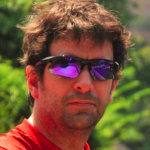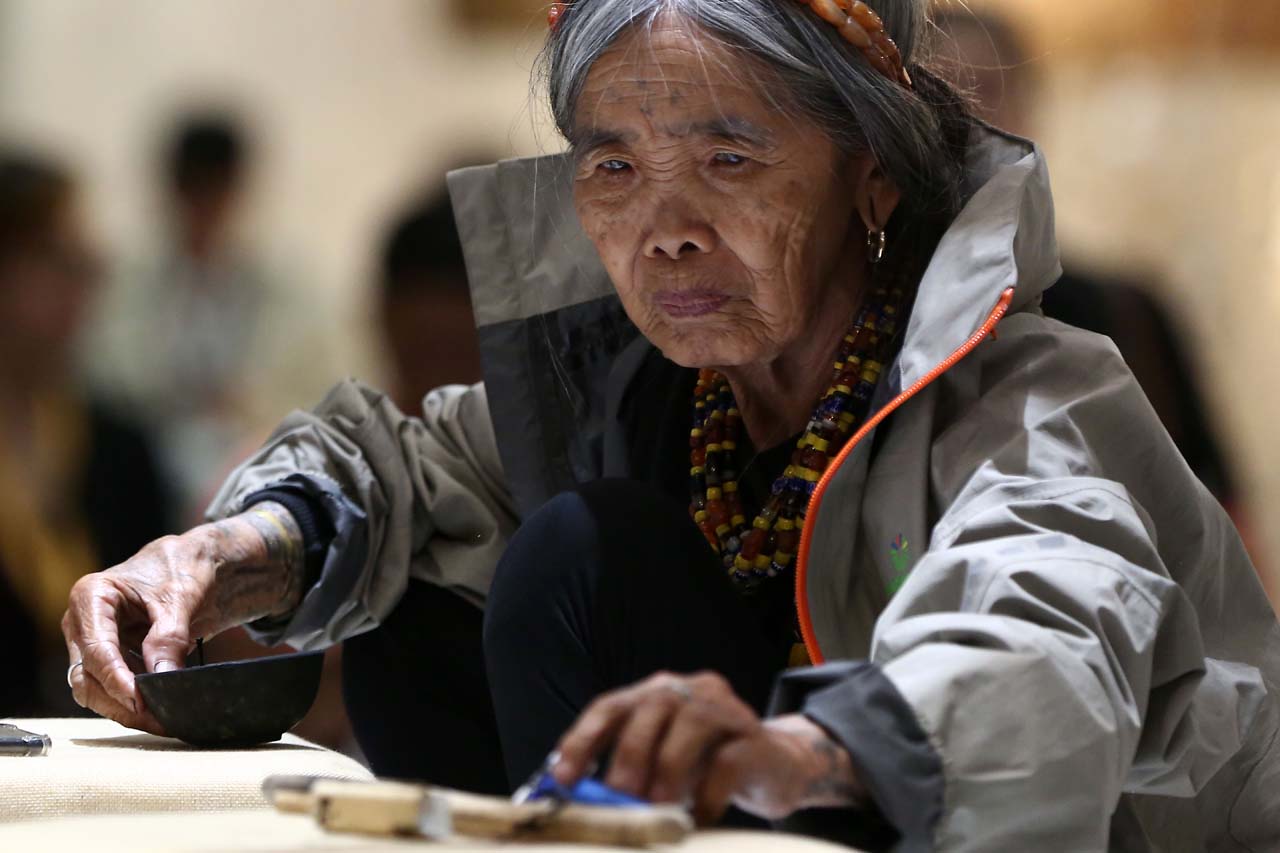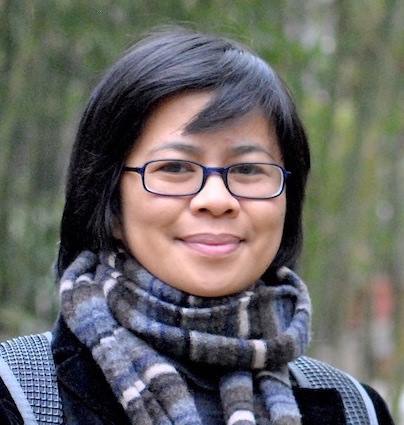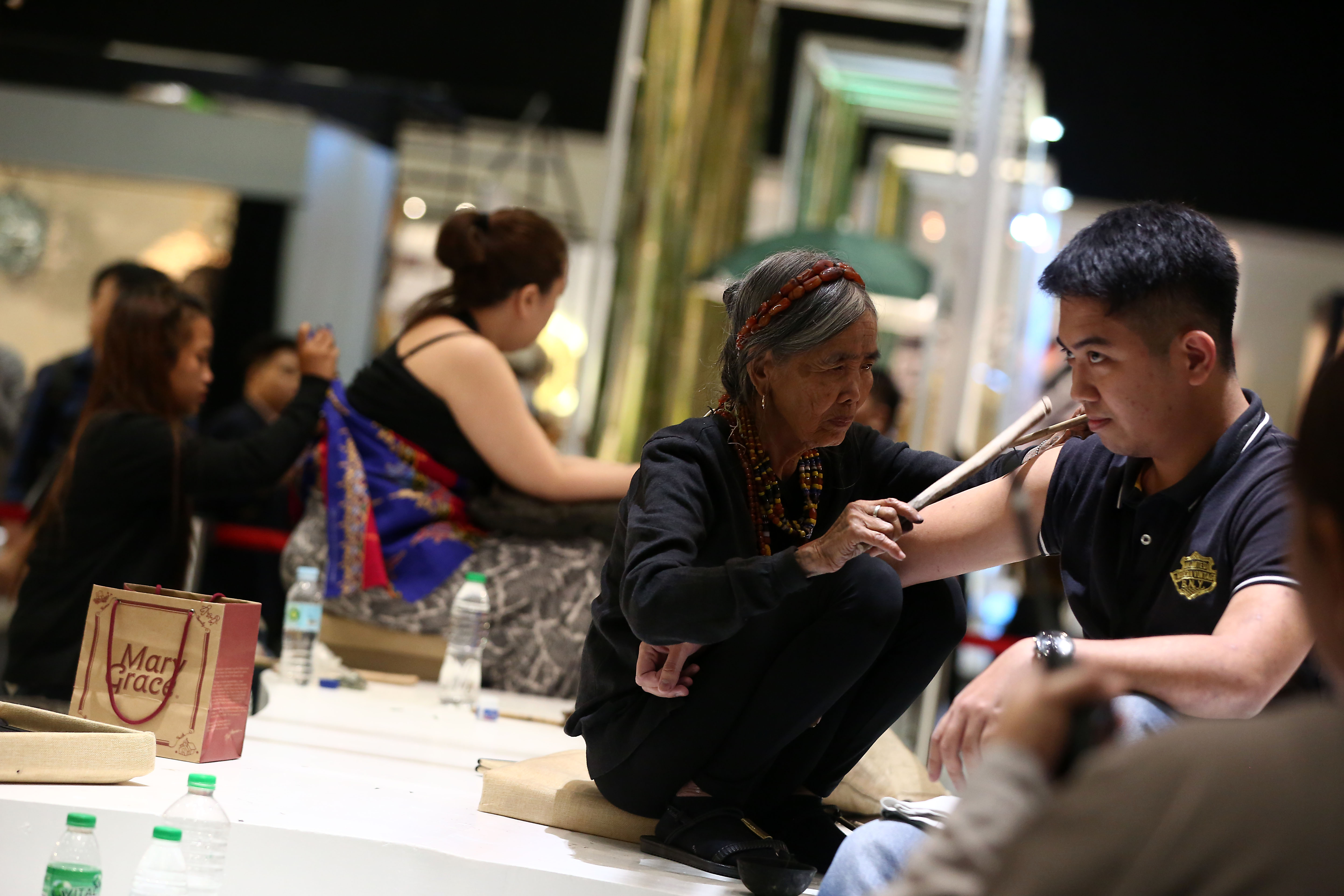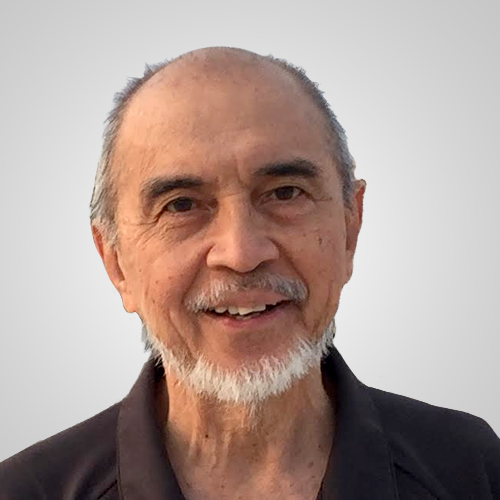
Believing that our country’s future depends on a successor generation of leaders able to dedicate their lives to public service, this brief piece explores a different way of doing politics. It is essentially a message to the young considering their futures as they engage in studies that hopefully can contribute to the building of a better country and the making of a future different from the past.
In today’s world, the challenges we face are somehow interconnected: the natural disasters we experience are largely of man’s making and to deal with climate change we equally need to change mindsets of people; the refugees and the displaced number in their thousands because of the armed conflicts that escalate and the political settlements we are unable to negotiate; poverty and inequality increase because we are unable to craft and execute more adequate political economies of inclusion.
It is for this reason that we need to explore a different way of doing politics. We need to acknowledge that what ails most countries, ours included, is that the traditional norms and ways of politics remain the same no matter how the circumstances and contexts vary.
Take our case, we seem to be stuck in a time-warp: it is 2017, yet we still practice patronage politics that is personality-oriented, family-generated and focused on personal gain over public good. We have a Congress that is deeply involved in the division of spoils and thus the phenomenon of the super-majority. The barriers between political parties have broken down since it is the dispensation of committee chairmanships and choice positions which seem to rule the day rather than the choice between different platforms of government or philosophies of governance.
Learning from our history
We have had our share of inspired leaders who have broken ground, who have shown the way and who have led sterling lives showing that a different way of doing politics is possible. It is also important for citizens to look back at these inspired leaders of the past to build a set of criteria in electing future leaders who aspire to serve the public. In examining the experience of our brave icons who led the struggle against the dictatorship, as well as local leaders and the unheralded names of those who led non-governmental organizations on the ground, a number of precise qualities and traits emerge.
- Character: there is no substitute for integrity, honesty and hard work. No leader can inspire trust unless that leader demonstrates character that is responsible and reliable, and proves to be someone we can always depend on. People of humble beginnings show their character in their capacity to overcome adversity; others, in their ability to sustain the spirit of generosity and selflessness in both good times and bad. Character is thus the first indispensable.
- Competence: character combined with competence commands respect. One has to prepare, to study, to research, to know how to communicate, to articulate ideas in a meaningful way that can be understood by ordinary people. It requires the capacity to work well and effectively with others. It demands the resourcefulness to be flexible, to be creative and innovative when the time calls for it.
- Courage: leadership demands the capacity to make decisions in times when “a majority” may mean one man or woman of courage; in other words, it may mean taking decisions on the basis of principles, ideals, values; it may mean deciding on the basis of convictions not expediency. Courage may mean different things in different times. The courage of a Diokno, Tañada, or Salonga was evident during perilous times when the rule of law was put aside and imperial interests prevailed at the time of Martial Law. Nowadays, a similar courage may be required though the context is different. What often prevents us from acting is the fear within and the fear of being a voice beating to the beat of a different drum.
Drawing strength from examples of servant leaders
We are fortunate that in our time and in the recent past we have had the examples of servant leaders who have unstintingly given of themselves to lead exemplary lives of “servant leadership”.
Nelson Mandela of South Africa was condemned to death unjustly for fighting the inhuman system of apartheid that white rulers had imposed on the majority of blacks. He opposed the politics of exclusion and was sentenced to some 27 years in Robben Island outside Capetown. When he emerged from jail, he was stronger not bitter. He worked with the African National Congress for a negotiated political settlement that eventually dismantled the oppressive system in a largely peaceful manner.
Vaclav Havel of the former Czechoslovakia was a dissident playwright who led a citizens’ forum that challenged the Communist Party by championing human rights and democratic ideals to inspire and mobilize his people. From his prison cell, he was elevated to the presidency and became one of the architects who helped bring down the “iron curtain” from the countries of Eastern and Central Europe.
Pope Francis, the former Jorge Bergoglio of Argentina, worked with the ordinary people of Buenos Aires as shepherd of the flock, as defender of the poor and the weak, as the voice of the vulnerable in the transition of his country from military rule to unstable civilian governments. Elevated to the papacy in Rome, he has continued to preach “mercy and forgiveness”, and live by the precept – “in omnibus, amare et servire”– in everything to love and serve the Lord and His people.
There are numerous examples on the ground, and prominent among them are the women leaders in Africa, Asia, and Latin America who have helped build popular movements and “coalitions of the concerned” in different parts of the world, including Europe and the US. They have pushed back against the politics of intolerance, indifference and fear by continuing to raise awareness and to act courageously in diverse settings at different times.

Word to the successor generation
If we must form a successor generation of servant leaders what qualities must we learn to develop? Perhaps, we can start with a few basics:
Grounded leader
- We may start by becoming more mindful, aware of oneself, one’s strength and shortcomings, able to build lasting relationships and heal “broken” ones.
- We may develop the capacity to adapt to situations and diverse cultures, and have the ability to distinguish priorities; to devise strategies and innovate, to lead as well as manage.
- We may learn to listen, and continue to be open to new ideas and people outside our normal circles; we may learn from ‘failure” taking it in stride as part of our formation.
Committed leader
- We must become people with passion in pursuit of a common purpose, committed to a cause bigger than ourselves.
- We can generate options and alternatives in situations that come our way.
- We can develop the ability to make tough decisions, get things done, take reasonable risks, and “explore the future by doing”.
Enabling Leader
- We can empower others to initiate and innovate, and take the lead if required.
- We could transform risks into opportunities, and confront challenges of change.
- We must develop the stamina to sustain efforts over time and understand that servant leaders require a “built-in marathon mentality”.
If the future is to be made safe and secure, just, and fair, we will certainly need a successor generation of servant leaders who will not shirk the responsibility but joyfully embrace the challenge of a different way of doing politics in this time and place.
Allow me to end by sharing the story of a servant leader who recently passed away, the late Dina Abad who represented and served her people, the Ivatans of Batanes.
On the night the dictator fled in 1986, we were together then thinking, “Now the harder part begins.” We shared an aspiration to craft a new way of doing politics, and that was why we put our lives on the line. Then, we had no idea that we were embarking on a task of generations.
She was a modern-day female version of a gender-sensitive Don Quixote de la Mancha tilting at the windmills of Batasan Hills. She was the rare legislator who practiced a “brave brand of politics”; principled, and undaunted – allowing us to recall what we once said of another woman who broke ground, “Sometimes, the majority is one woman with courage.”
To our young, explore a different way of being citizens and doing politics; not only is It your time; it is in your hands! – Rappler.com
Ed Garcia is a Framer of the 1987 Constitution, who taught at the Ateneo and UP, worked at International Alert and Amnesty International, and now serves as a consultant on formation for scholar-athletes at FEU Diliman.
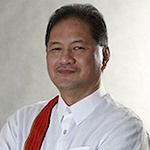
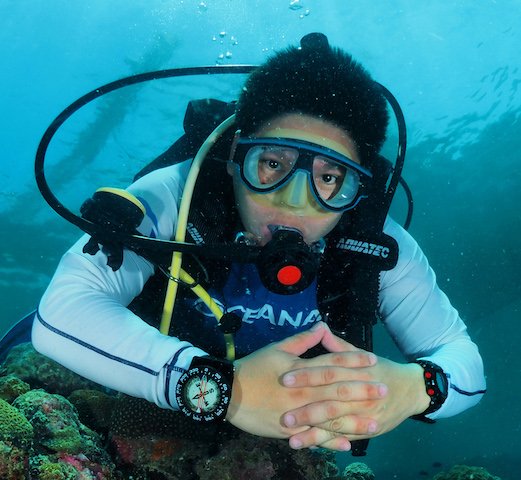





 The favorite pejorative of online trolls is “biased.” They often use it to question the credibility of a media outlet such as this one, or, sometimes, academics like myself who should be “neutral” in their analysis.
The favorite pejorative of online trolls is “biased.” They often use it to question the credibility of a media outlet such as this one, or, sometimes, academics like myself who should be “neutral” in their analysis.
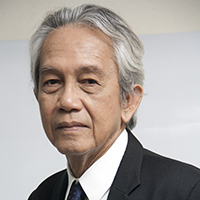 The federalism train has left the station. The Partido Demokratiko Pilipino-Laban (PDP) has submitted a draft Constitution to the House of Representatives; hearings on proposed changes are ongoing. But the PDP draft is loaded with so many compromises in an obvious bid to secure quick approval that it is not clear what its destination is.
The federalism train has left the station. The Partido Demokratiko Pilipino-Laban (PDP) has submitted a draft Constitution to the House of Representatives; hearings on proposed changes are ongoing. But the PDP draft is loaded with so many compromises in an obvious bid to secure quick approval that it is not clear what its destination is.
 Under normal circumstances, I would be the first to welcome the establishment of a revolutionary government. After all, the existing economic and political system really needs not just a reboot but an overhaul. To do this, what better way than through a government with broad and sweeping powers for reform?
Under normal circumstances, I would be the first to welcome the establishment of a revolutionary government. After all, the existing economic and political system really needs not just a reboot but an overhaul. To do this, what better way than through a government with broad and sweeping powers for reform?
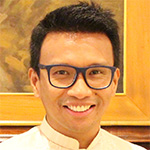 In my
In my 

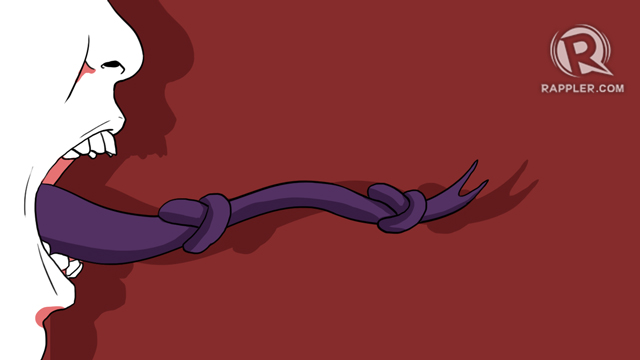
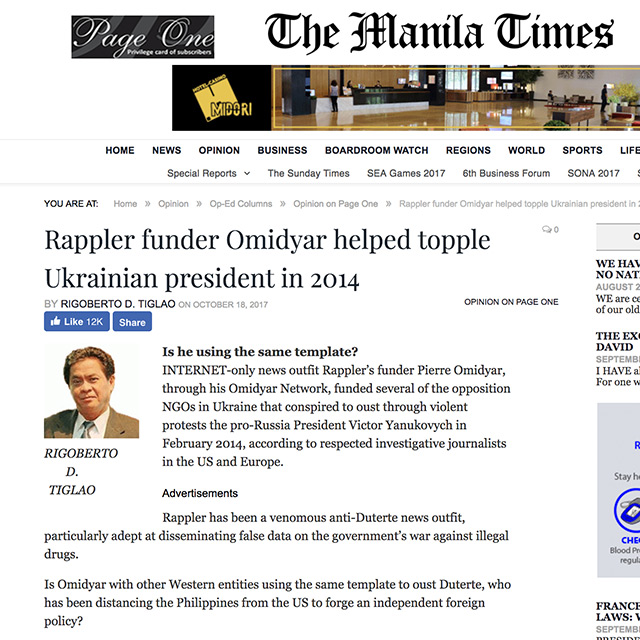
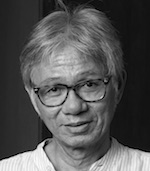 An increasingly anxious discussion goes on about how far Rodrigo Duterte intends to go with his presidential powers, but it seems poorly focused.
An increasingly anxious discussion goes on about how far Rodrigo Duterte intends to go with his presidential powers, but it seems poorly focused. 


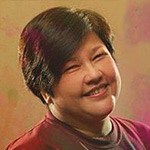 Heto na. Dumating na tayo sa isang sitwasyong ikinakatakot ng lahat ng guro mula sa mga nagtuturo ng Grade 1 hanggang sa mga nagtuturo sa mga programang pang-doktorado.
Heto na. Dumating na tayo sa isang sitwasyong ikinakatakot ng lahat ng guro mula sa mga nagtuturo ng Grade 1 hanggang sa mga nagtuturo sa mga programang pang-doktorado.
